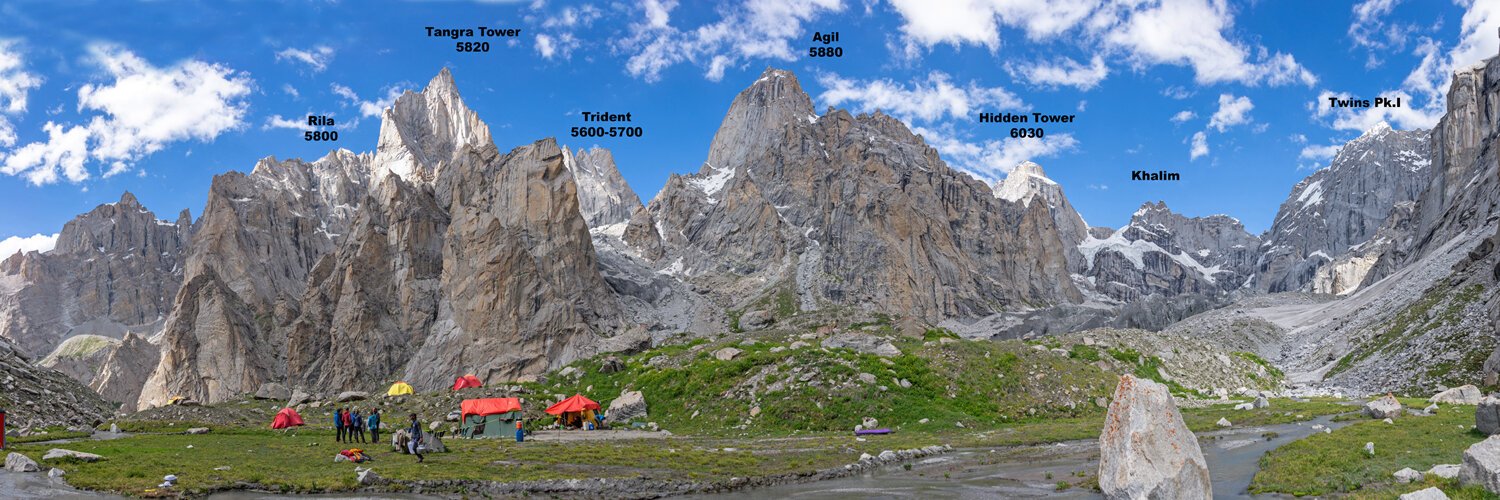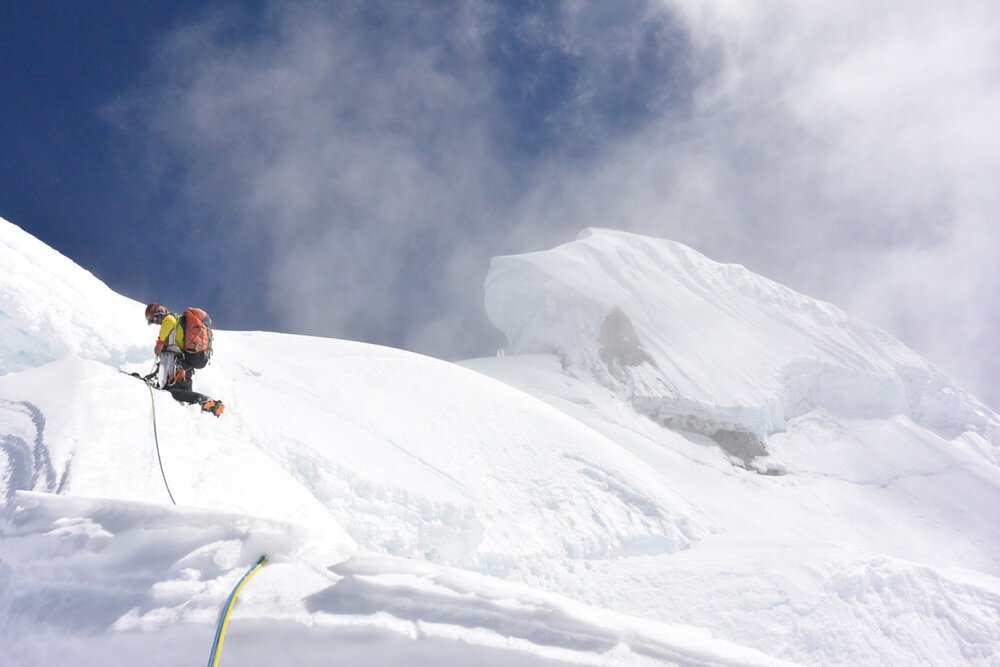February, 2020, Golden, CO—The American Alpine Club (AAC) is pleased to announce this year’s Cutting Edge Grant recipients. The Cutting Edge Grant continues the Club’s 100-year tradition of supporting athletes in pursuit of world-class climbing and mountaineering objectives.
The Cutting Edge Grant seeks to fund individuals planning expeditions to remote areas featuring unexplored mountain ranges, unclimbed peaks, difficult new routes, first free ascents, or similar world-class pursuits. Objectives featuring a low-impact style and leave-no-trace mentality are looked upon with favor. For the 2020 grant cycle, the AAC awarded $15,000 to three recipients.
Nick Aiello-Popeo will receive a grant to attempt a new route on the west face of Ganesh in Nepal. Aiello-Popeo and Justin Guarino are planning to make their ascent in lightweight alpine style. Aiello-Popeo added, “Ganesh shares its name with the Hindu holiday Ganesh Chaturthi which celebrates Ganesha, a deity with the head of an elephant. Of Ganesha’s many attributes, he is revered as the ‘remover of obstacles.’ There could be no better theme for an alpine-style expedition!”
Vitaliy Musiyenko will receive a grant to attempt unclimbed routes on both Melanphulan and Nuptse in the Khumbu region of Nepal. Musiyenko will attempt these ascents with Connor Chilcott, winner of the 2020 McNeill-Nott Award, and said, “Success will require top-notch fitness, abilities to climb difficult ice and rock, as well as knowledge on how to quickly and efficiently aid climb. It appears to be a perfect cutting edge challenge.”
And, lastly, Kurt Ross will receive a grant to attempt a new route on a 7,000m peak in the Eastern Karakoram. Ross and partners Jackson Marvell and Matt Cornell have committed to climbing in lightweight alpine style, adhering to Leave No Trace ethics throughout the trip. They are training for success in some of the most dramatic mountains in the world.
The Cutting Edge Grant is supported in part by Global Rescue, the world’s leading provider of integrated travel risk and evacuation memberships. CEG recipients are additionally awarded a one-year, full Global Rescue membership—an upgrade to the standard AAC rescue coverage. Upgraded benefits include: $500,000 of rescue evacuation; repatriation back to the US; deployed Global Rescue Personnel; and more—a service intended to help AAC members climb hard and return home safely.
The AAC has inspired and supported cutting-edge climbing achievements for over 100 years. Applications for the Cutting Edge Grant are accepted each year from October 1st through November 30th.
For more information, visit americanalpineclub.org/cutting-edge-grant.
For more information on Global Rescue and their memberships, visit globalrescue.com.






































